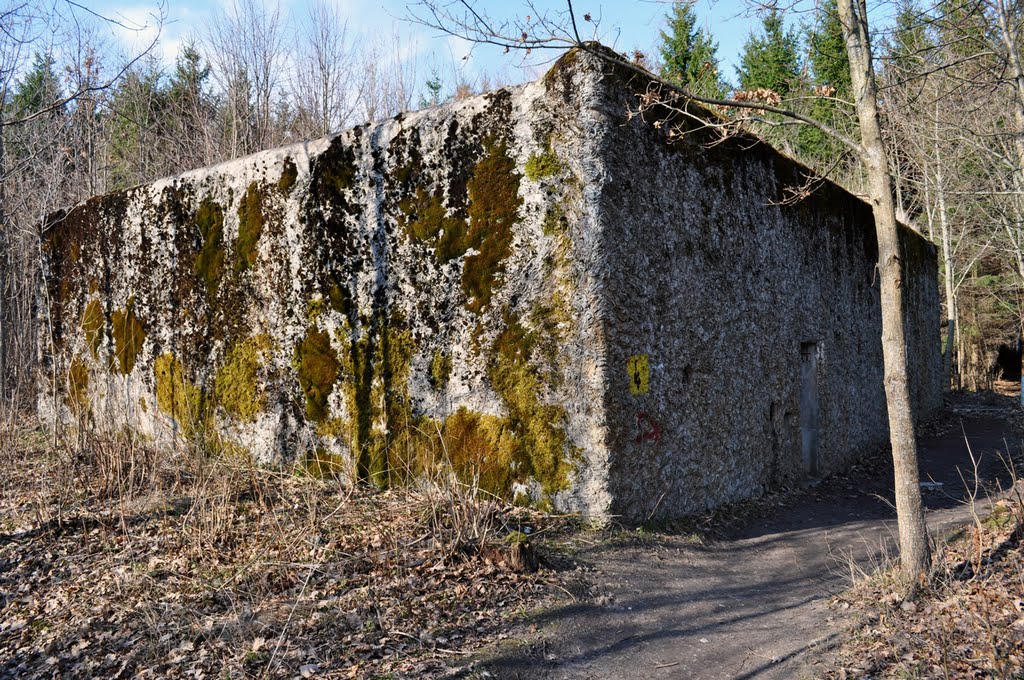
A reconstruction of the lost Amber Room.
Photo: via Wikimedia Commons.
It’s been called the Eighth Wonder of the World, but the gold trimmed, gem-encrusted Amber Room, constructed between 1701 and 1709 for the palace of King Frederick I of Prussia and given as a gift to Peter the Great, hasn’t been seen since World War II, after it was seized by the Nazis during the 1941 invasion of St. Petersburg.
That could be about to change, however, if a Polish museum’s dig at a complex of Nazi bunkers proves fruitful.
Bartlomiej Plebanczyk, director of the Mamerki Museum, which owns the complex located near the Polish town Wegorzewo, believes that there are hidden underground chambers amid the bunkers that the Nazis used to store looted art. There, he speculates, may lie the storied the Amber Room, which could now be worth $140–500 million.
The theory is based on the decades-old testimony of a former Nazi guard, who claimed he saw heavily armored trucks unload a large cargo into the bunker near the end of World War II. Although the complex was thoroughly searched by authorities, Plbedanczyk believes he has found new evidence of a secret hiding place thanks to ground-scanning radar technology that wasn’t available during that investigation.
The Mamerki bunker. Courtesy photographer Tomek Kilijański, via Google Maps/Panoramio.
“This is the perfect place to hide something if you have to move it quickly out of eastern Prussia,” Plbedanczyk told the New York Times.
As tempting as it is to think that the mystery of the Amber Room has been solved, this isn’t the first time rumors of its impending rediscovery have sprung up. Most recently, the efforts of a group of German retirees, who were certain it was buried in the town of Wuppertal, came up empty-handed. Other theories suggest that was destroyed during Allied bombings.
There was similar disappointment, also in 2015, when a gold-laden Nazi treasure train, which two men claimed was buried in a tunnel near Walbrzych, Poland, failed to materialize.
The only existing color photograph of the Amber Room. Courtesy of Sovfoto/Getty Images.
Even if the Amber Room does turn up, it is likely to be quite the worse for the wear. As professor and amber specialist Alexander Shedrinksy told the New York Times back in 2000, “if the Amber Room lies hidden somewhere, it is most probably in some damp mine, which means it is almost certainly in a state of ruin.”
Neither past failures nor such negative speculation about the room’s condition are dampening Plebanczyk’s enthusiasm. “I am very excited about all of this and very optimistic,” he told the Daily Mail, noting that so far, the drilling had only turned up old wood. “If the room is here, it will be one of the greatest finds of the century.”